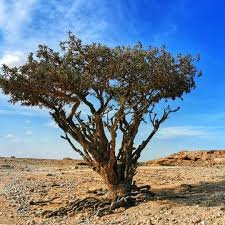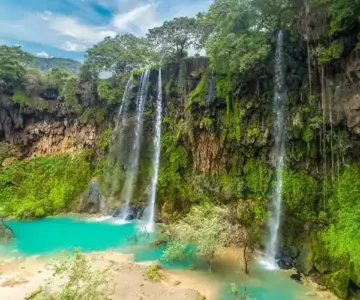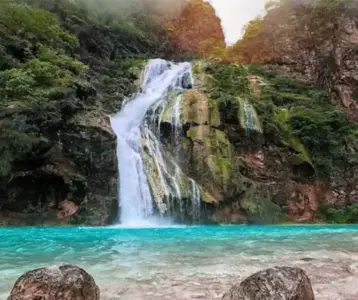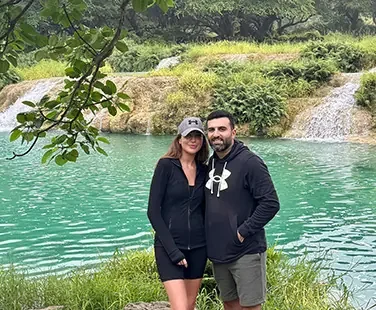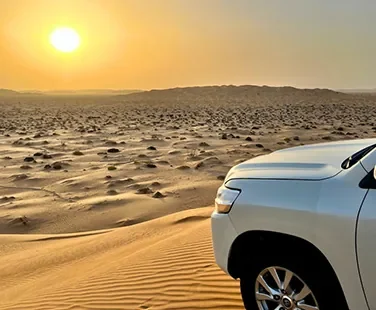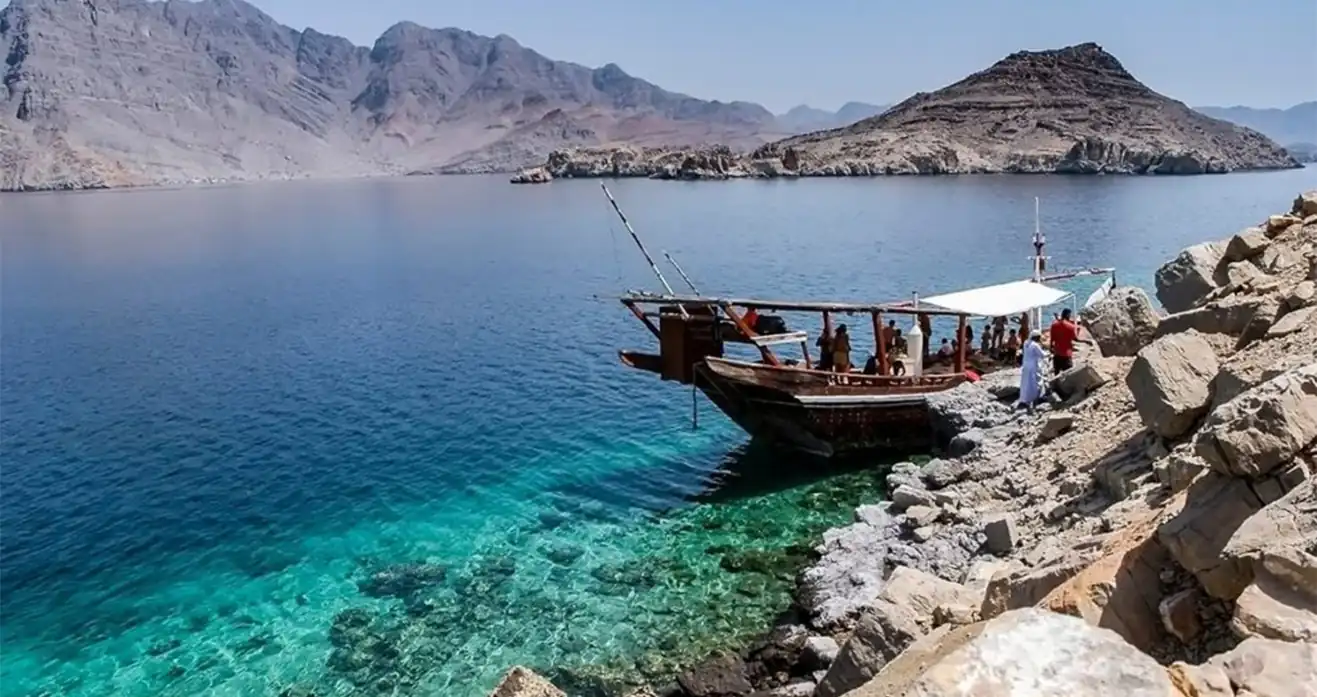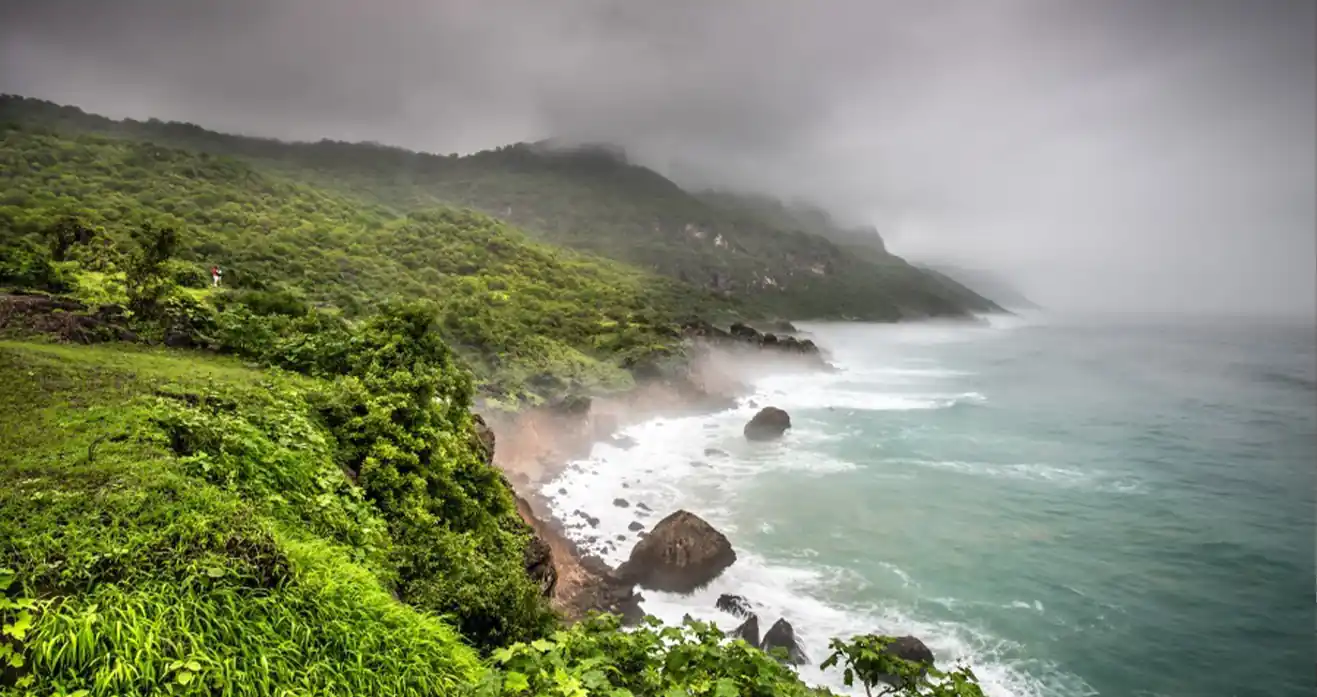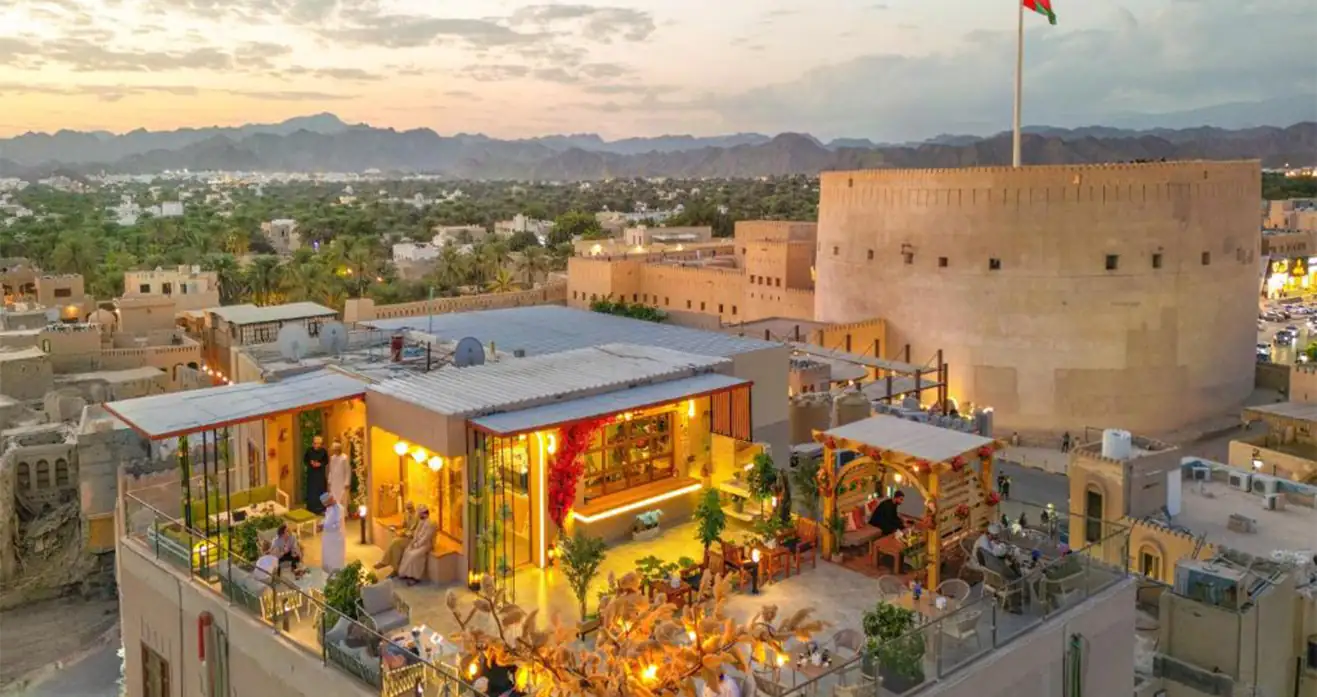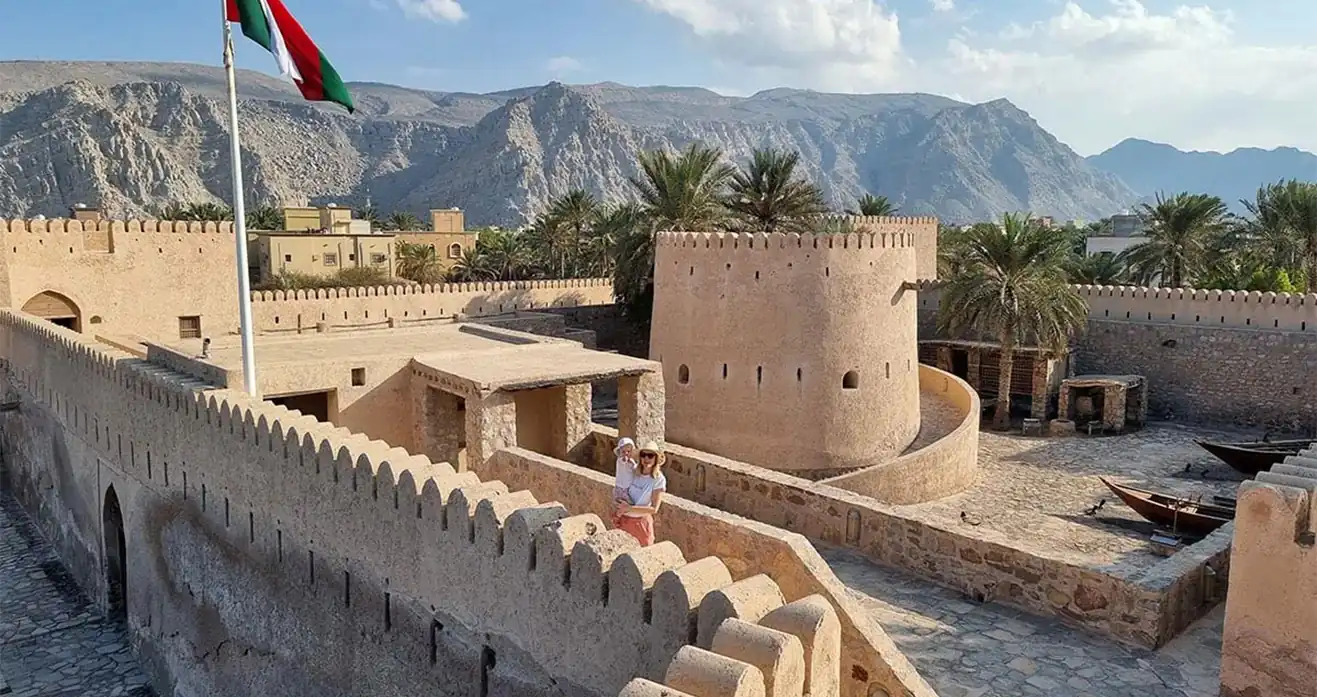Nestled in the southern region of Oman, Salalah is home to some of the world’s most ancient and revered frankincense trees Salalah . These majestic plants have played a crucial role in the area’s history and economy for thousands of years. Visitors to Salalah can witness firsthand the beauty and significance of these trees, which have been prized for their aromatic resin since ancient times.
The frankincense trees of Salalah offer more than just a glimpse into the past. They continue to have an impact on modern life, from traditional medicine to aromatherapy. This article will explore the rich history of frankincense in the region, take readers on a journey through Wadi Dawkah, explain the harvesting process, and highlight the current uses of this valuable resource. By the end, you’ll understand why these trees are so important to Salalah and the world at large.
The History of Frankincense in Salalah
Salalah, the capital city of Dhofar in southern Oman, has a rich history deeply intertwined with the frankincense trade. This aromatic resin, harvested from the Boswellia sacra trees that grow in the region, has played a crucial role in shaping the area’s cultural and economic landscape for thousands of years.

Ancient Trade Routes
The frankincense trees of Salalah have had an impact on global trade since ancient times. The Frankincense Trail, which flourished between the third century B.C. and the second century A.D., rivaled the trade of gold, silk, and gems in importance. This network of routes enabled the exchange of frankincense between Yemen and the Gulf of Oman in the Arabian Peninsula, the Mediterranean, Africa, and Asia.
Salalah and its surrounding areas were at the heart of this thriving trade. The port of Khor Rori, located about 25 miles east of Salalah, served as a natural harbor between the fourth century B.C. and the fifth century A.D. It acted as a commercial distribution point for frankincense, facilitating trade as far as East Africa and India.
Another significant site was Al-Baleed, a port city on the beaches of the Indian Ocean, east of Salalah’s beach. Artifacts found there suggest that its harbor held great importance in the frankincense trade along the maritime Silk Road. Shisr, or Ubar, now a famed lost city, was a crucial station along the routes from Wadi Dawkah to Saudi Arabia and the harbors. Ancient camel caravans would stop at this oasis as they carried frankincense overland to Palmyra, Persia, Rome, and Egypt.
Cultural Significance
Frankincense holds immense cultural significance in Oman, particularly in Salalah. It has been an integral part of Omani culture, tradition, and religious practices for millennia. In Omani households, burning frankincense resin on charcoal burners is a common practice to purify the air and create a pleasant aroma.
The use of frankincense extends beyond everyday life into various religious ceremonies and cultural rituals. It’s often used in traditional healing practices, highlighting its importance in Omani culture. The type of frankincense used is viewed as both a status symbol and a mark of respect, with white frankincense “tears” from Jabal Samhan or Hasik considered the best.
Economic Importance
Frankincense has been a vital contributor to Salalah’s economy for thousands of years. During the height of the frankincense trade, the southern Arabians were considered “the richest people on Earth,” according to Roman polymath Pliny the Elder.
Today, frankincense continues to have an impact on the local economy. Oman exports frankincense resin to various parts of the world, where it’s used in perfumes, incense, cosmetics, and traditional medicine. The frankincense trade has contributed to the livelihoods of many Omani communities, particularly those involved in harvesting, processing, and trading the resin.
In recent years, there’s been a resurgence of interest in frankincense, with new uses being explored in the fields of aromatherapy and alternative medicine. This renewed attention has helped to maintain the economic importance of frankincense trees in Salalah, ensuring that this ancient trade continues to thrive in the modern world.
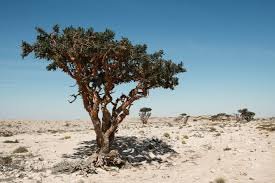
Exploring Wadi Dawkah
Wadi Dawkah, located about 40 km north of Salalah, is a natural park that serves as a sanctuary for the famous frankincense trees of Oman. This stony, semi-desert valley spreads across 5 square kilometers and is home to hundreds of these precious trees, making it a must-visit destination for those interested in the rich history and cultural significance of frankincense in Salalah.
UNESCO World Heritage Site
Wadi Dawkah holds the distinction of being a UNESCO World Heritage Site, recognized as part of the “Land of Frankincense” sites in Oman. This designation highlights the area’s importance in the ancient frankincense trade, which flourished for centuries and was one of the most significant trading activities in the ancient and medieval world. The site, along with other archeological remains in the region, represents the production and distribution of frankincense, a luxury item that was highly prized from the Mediterranean and Red Sea regions to Mesopotamia, India, and China.
Frankincense Tree Varieties
The frankincense trees found in Wadi Dawkah belong to the species Boswellia sacra, which is considered to produce the highest quality frankincense resin. These trees are well-adapted to the extreme heat and arid conditions of the region, thriving in the alluvial bed of the wadi. A total of 1,257 ancient perennial trees of varying sizes have been recorded in the area, some of which are believed to be centuries old, with a few potentially reaching up to 1,000 years in age.
There are four different types of frankincense grown in Oman: Shaabi, Shizri, Nejdi, and Al-Hawjri. Among these, Al-Hawjri is regarded as the best due to its whiter and clearer appearance. The quality of frankincense is determined by its color and purity, with white bluish frankincense free of impurities being considered the finest.
Best Time to Visit
The best time to visit Wadi Dawkah and experience the frankincense trees in Salalah depends on your preferences and what you hope to see. The frankincense harvesting season begins in April when temperatures in the wadi start to rise. However, for a more comfortable visit, many tourists prefer the Khareef season, which runs from July to September. During this time, the weather is pleasant with temperatures ranging between 20-25°C, and there’s moderate rainfall in the region.
For those who prefer milder weather, the months of October through February offer a moderate climate, making it an excellent time to explore Wadi Dawkah and the surrounding areas. December, in particular, is noted for its fantastic weather conditions.
Visitors to Wadi Dawkah can witness the frankincense trees in their natural habitat and learn about the harvesting process. The site is protected, and measures have been taken to maintain its authenticity and integrity. Visitors are required to use designated access paths to protect the archeological surfaces and ensure the preservation of this unique UNESCO World Heritage Site.
The Frankincense Harvesting Process
The process of harvesting frankincense from the trees in Salalah is a delicate and time-honored tradition. It begins in April when temperatures start to rise, signaling the start of the harvesting season. Frankincense producers use a specialized tool called a “Mangaf,” which is a putty knife with a wooden handle, to make incisions in the bark of the Boswellia sacra trees.
Traditional Tapping Methods
The first step in the harvesting process is known as “Tapping.” This involves carefully shaving the external layer of the bark, creating a shallow wound. From this incision, a milky white sap oozes out and is left to harden for two to three weeks before collection. This initial harvest, however, is not of the highest quality or commercially viable.
The second wounding process, called “Alsa>f1,” takes place about two to three weeks after the first. This yellowish frankincense has good quality and commercial value. It solidifies on the tree or falls to the ground if the tree is particularly productive. The third wounding, “Alsa>f2,” follows the same steps as the second.
Tapping is a cyclical operation repeated every 15-20 days. During subsequent cycles, older wounds are refreshed, and the blaze is moderately widened. This process continues until the rainy season begins, resulting in 8-12 tappings per year.
Grading and Quality
The quality of frankincense is determined by its color and purity. The white bluish frankincense free of impurities is considered the best. The quality decreases when the frankincense becomes reddish or mixed with other impurities.
Grading is a complex task that can take from a couple of weeks up to a month. It involves carefully separating the resin by color, size, and smell. The finest grade of Omani frankincense is called ‘Hojari,’ which comes from trees growing in the eastern part of Dhofar. Other grades include ‘Najdi,’ ‘Shazri,’ and ‘Shabi,’ each associated with different regions in Oman.
Sustainable Practices
To ensure the long-term health of the frankincense trees in Salalah, sustainable harvesting practices are crucial. It’s recommended that smaller trees be wounded in only a few spots, with a subsequent increase in the number of wounding spots as the tree increases in girth. The optimal tapping intensity varies based on the tree’s diameter at breast height (DBH).
For trees less than 20 cm DBH, a total of 6 spots is recommended. Medium-sized trees (20-30 cm DBH) can handle 12 spots, while larger trees (over 30 cm DBH) can sustain up to 16 spots. This approach helps maintain a balance between frankincense yield and the tree’s vitality.
Moreover, trees are typically rested every five to six years to obtain better quality resin and ensure the tree’s long-term health. This practice allows the trees to recover and continue producing high-quality frankincense for years to come.
By adhering to these sustainable practices, the frankincense trees of Salalah can continue to thrive, preserving this ancient tradition for future generations while maintaining the quality and quantity of this precious resin.
Modern Uses of Frankincense
The frankincense trees of Salalah continue to have an impact on various aspects of modern life. From aromatherapy to medicine and cosmetics, this ancient resin has found new applications in today’s world.
Aromatherapy and Incense
Frankincense has become a staple in aromatherapy practices due to its soothing and comforting fragrance. Many people find its sweet, woody aroma invigorating and refreshing for the senses. The essential oil extracted from frankincense trees is often used to create a calming atmosphere and support overall wellness.
To enjoy the benefits of frankincense in aromatherapy, people add a few drops of the essential oil to diffusers or vaporizers. The earthy fragrance is known to enhance mood and promote relaxation. Some believe that the scent of frankincense can strengthen intuition and spiritual connection, making it popular in various spiritual practices.
Medicinal Applications
The medicinal uses of frankincense have expanded beyond traditional practices. Modern research has shown that frankincense has anti-inflammatory, antimicrobial, and analgesic properties, making it useful in treating various health conditions.
One of the most promising areas of research involves the potential anti-cancer properties of frankincense. Studies suggest that boswellic acids, compounds found in frankincense, might help prevent cancer cells from spreading. While more research is needed, frankincense has shown potential in fighting breast, prostate, pancreatic, skin, and colon cancers.
Frankincense has also shown promise in treating inflammatory conditions. Its anti-inflammatory properties may help reduce symptoms of diseases like Crohn’s disease and ulcerative colitis. In one study, people with chronic diarrhea who took Boswellia (a compound found in frankincense) experienced better results compared to those who took a placebo.
The antibacterial properties of frankincense make it useful in oral health care. It can help prevent and treat infections in the mouth, including bad breath, toothaches, and cavities. Some studies have even shown its effectiveness in reducing signs of gingivitis when used in chewing gum.
Cosmetic Industry
Frankincense has gained popularity in the cosmetic industry, particularly in skincare products. Its anti-inflammatory and antioxidant properties make it an excellent ingredient for anti-aging formulations.
The frankincense trees of Salalah produce resin that contains compounds like alpha-pinene, alpha-thujene, and limonene, which have powerful anti-inflammatory and antioxidant effects. These properties make frankincense particularly beneficial for mature skin, helping to reduce the visible signs of aging and protect against sun damage.
In addition to its anti-aging benefits, frankincense is also used in products for oily and atopic skin. Its soothing properties can help calm irritated skin and reduce the appearance of scars. Some cosmetic companies use frankincense hydrosol, a byproduct of the essential oil distillation process, as a base for their products instead of water, enhancing the overall benefits of their formulations.
The versatility of frankincense in the cosmetic industry extends beyond skincare. It’s also used in hair care products, where its tonic properties are believed to support scalp health and promote hair growth.
The frankincense trees of Salalah have a lasting influence on various aspects of our lives, from ancient trade routes to modern-day applications. These majestic plants continue to shape the cultural, economic, and ecological landscape of the region, serving as a testament to the enduring legacy of this aromatic resin. Their importance extends beyond Oman’s borders, having an impact on global industries such as aromatherapy, medicine, and cosmetics.
As we’ve explored the rich history, harvesting process, and modern uses of frankincense, it’s clear that these trees are more than just relics of the past. They represent a living connection between ancient traditions and contemporary innovations. To truly appreciate the beauty and significance of these remarkable trees, why not discover the Frankincense trees in Salalah through our packages? By preserving and sustainably managing these natural treasures, we ensure that future generations can continue to benefit from their unique properties and cultural significance

